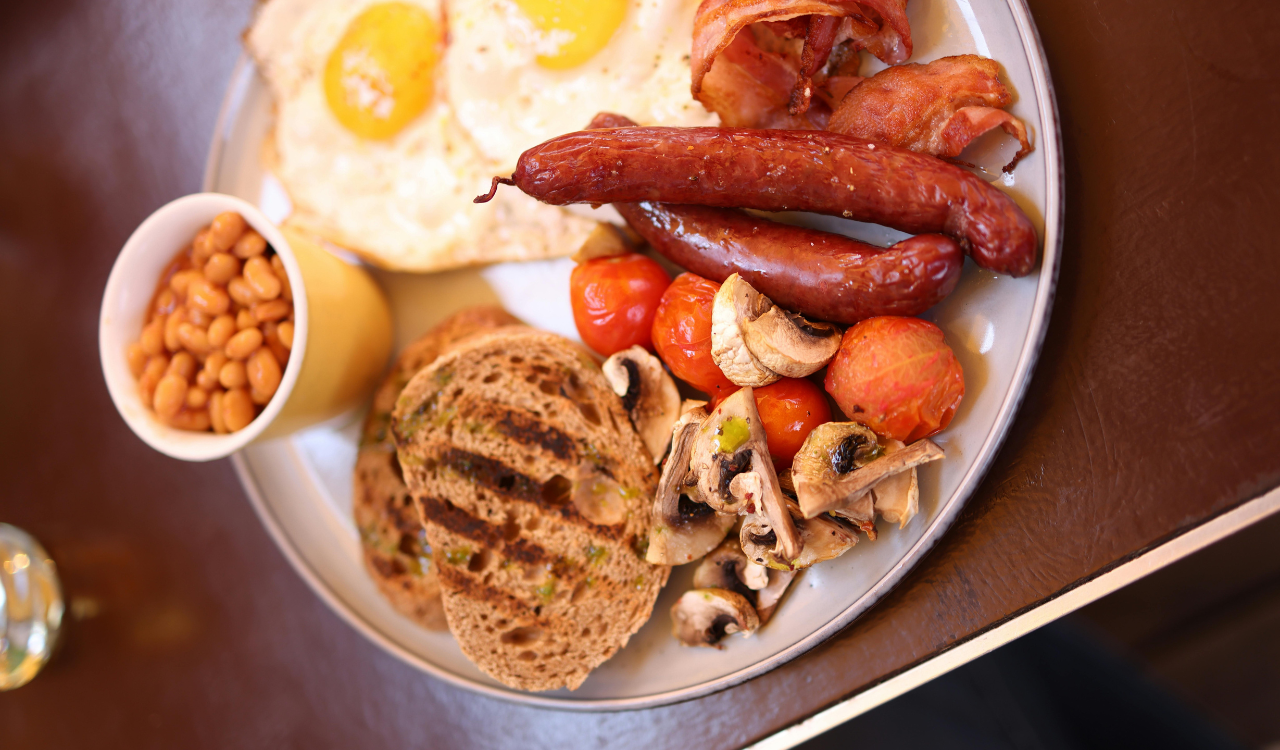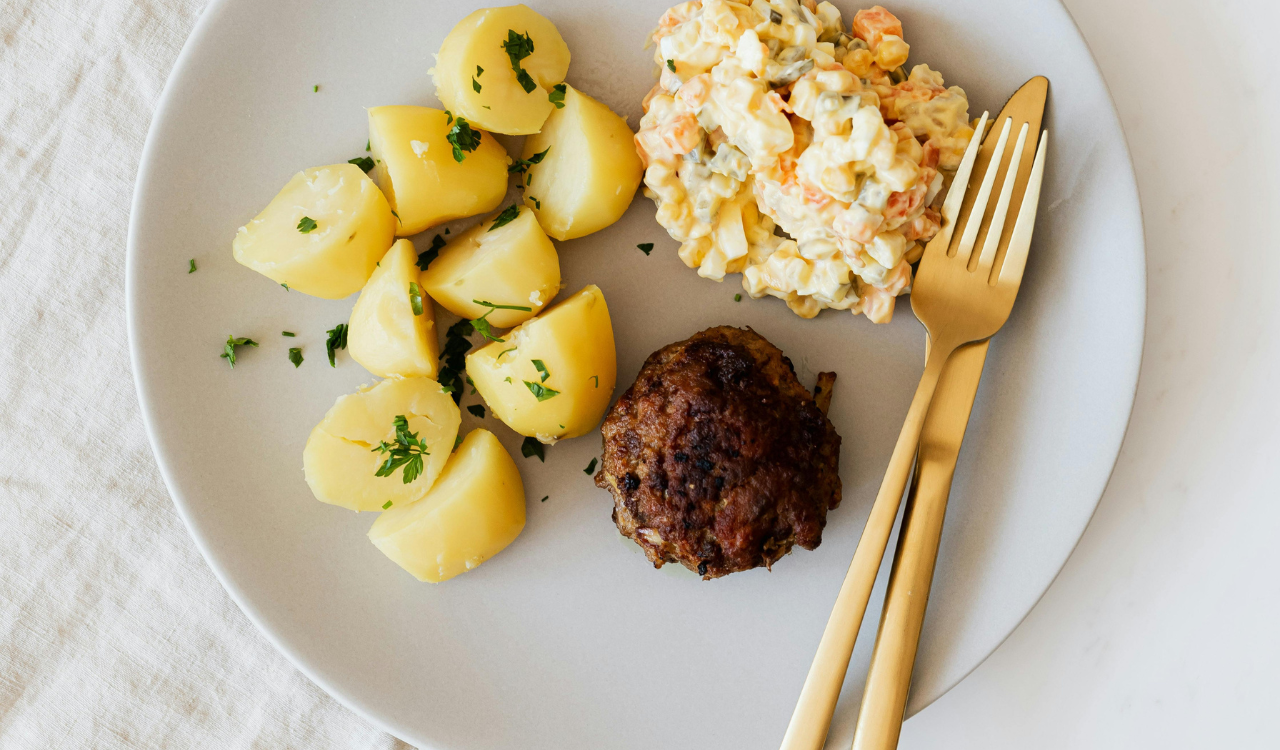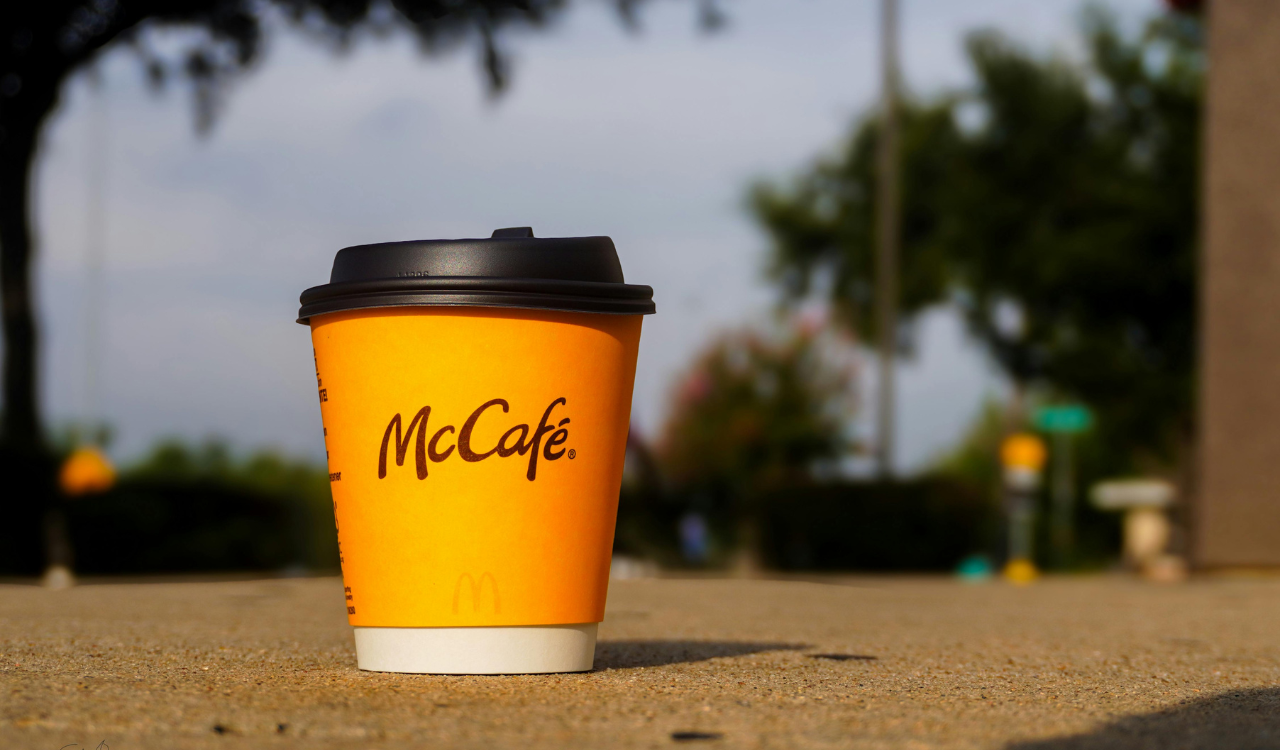11 Cornbread Mistakes Everyone Makes (And How To Fix Them)

People adore cornbread, and it goes well with anything from BBQ to soups. But getting the perfect mix of a golden top and a moist, sensitive crumb may be hard. A lot of bakers make the same mistakes that make cornbread dry, crumbly, or dense. These mistakes are easy to avoid with a few expert tips, whether you’re new to baking or have been doing it for a long time. You can learn how to make great cornbread by knowing what causes these problems, from how to mix the ingredients to how fresh they are. Get ready to learn about the 11 most common faults and, more importantly, how to solve them so that every meal is full of comfort and flavor.
Mixing the batter too much
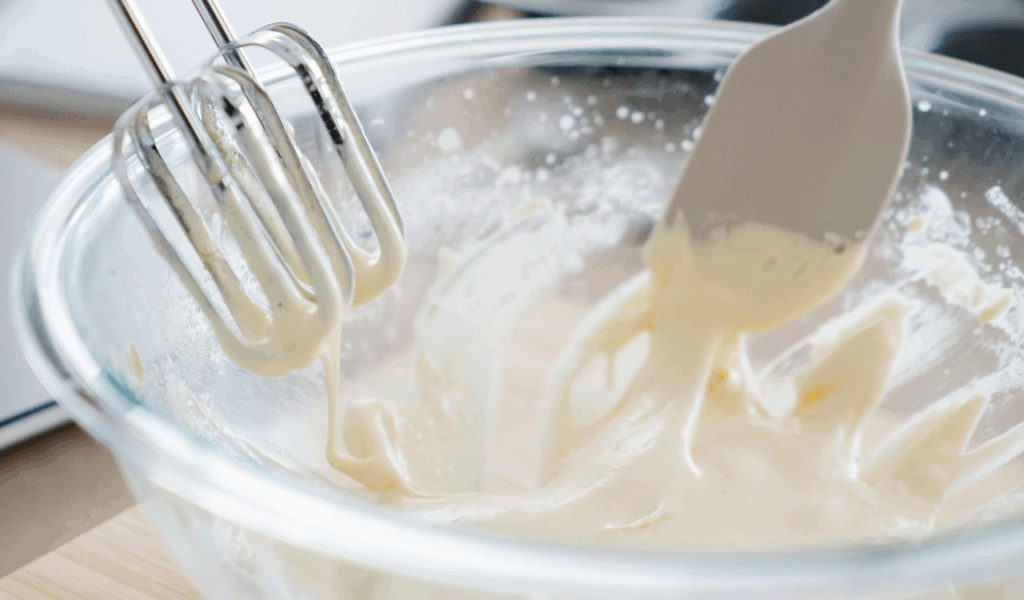
Overmixing the batter is one of the most common mistakes people make when cooking cornbread. When you mix the flour, it releases gluten, which might make your cornbread heavy and chewy instead of light and fluffy. The key is to stir just enough to mix the wet and dry components. It’s normal to have some lumps, and they can even be good. Instead of stirring hard, gently folding the mixture makes a soft crumb. Taking care not to overwork the batter keeps the cornbread’s soft texture, which is what makes it so good. For that soft, crumbly taste that everyone likes, quick, minimal mixing is always best.
Using Cornmeal That Is Old or Stale
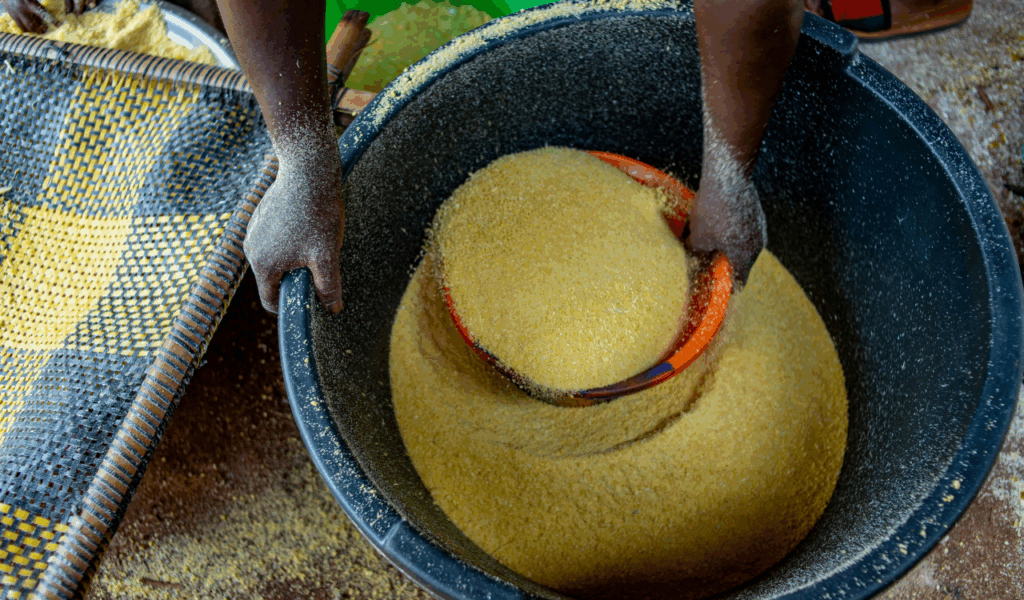
You might not think that the freshness of cornmeal is really important. If you use old or stale cornmeal, your cornbread will taste and feel bland and grainy. To keep its inherent sweetness and nuttiness, cornmeal should be kept in a cold, dry area in an airtight container. Before you bake, look at the packaging for expiration or best-by dates, especially if it has been open for a while. Choosing fresh, high-quality cornmeal will make your batter smoother and taste better. This will give your cornbread a substantial and delicious flavour that comes through in every piece.
Not getting enough fat
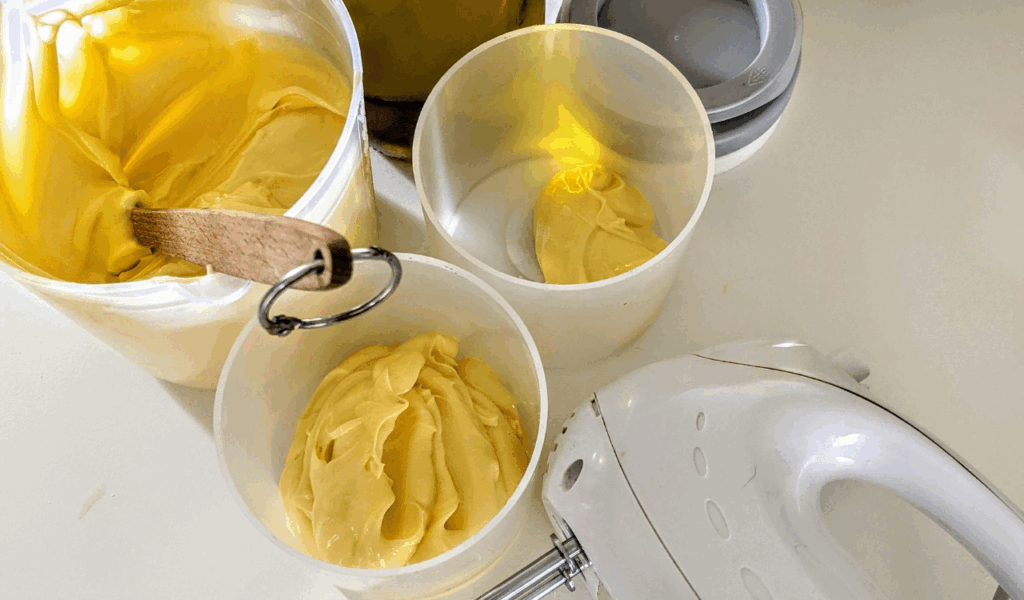
Don’t forget how important fat is in cornbread recipes. Adding butter, oil, or buttermilk to the bread will make it moist, soft, and tasty. Cutting less on fat may sound like a good idea, but it typically makes cornbread dry and crumbly, which is not what you want. Fat also helps form cornbread’s golden crust and rich flavour, which are what make it so comfortable. A decent rule of thumb is to stick to the recipe’s amounts of fat or add a little more to make it wetter. This small treat will make sure that the texture is so nice that it melts in your tongue.
Pouring cold eggs with milk
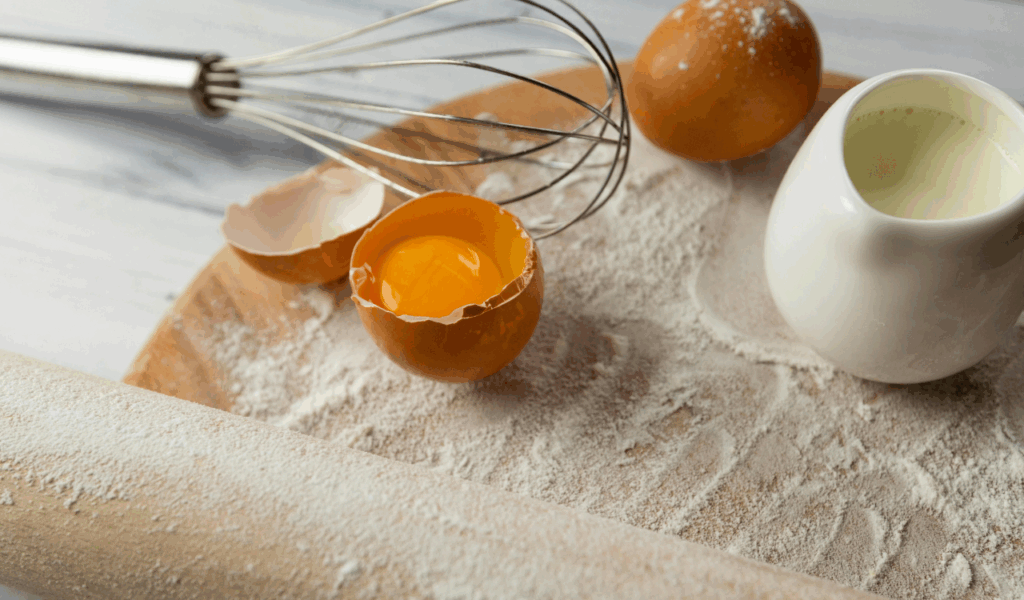
Cold eggs and cheese straight from the fridge can drop the temperature of the batter, which makes it less sticky and more likely to form lumps. This can make the baking uneven and the texture thicker. Before mixing eggs, milk, and buttermilk with dry ingredients, let them sit out at room temperature for a while. This helps the batter mix together better and makes the leavening agents work better, which makes sure your cornbread rises well. It’s a minor but important step that makes the final bake’s crumb and softness better.
Not paying attention to the cornmeal grind
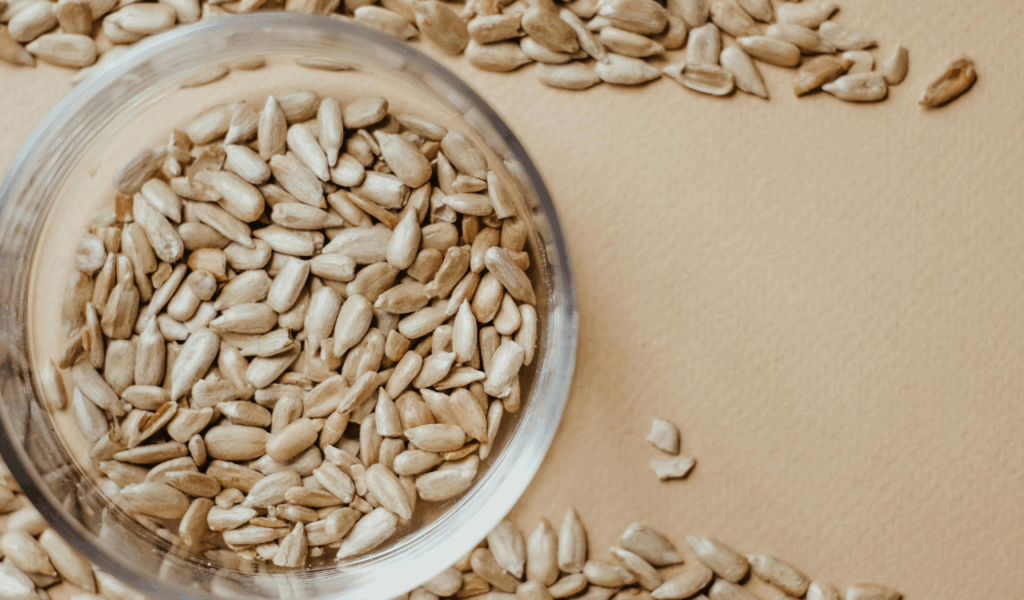
The amount of the cornmeal grind has a big effect on how your cornbread feels. Coarser cornmeal makes a crunchy, rustic bite, whereas finer cornmeal makes a softer texture. Most traditional cornbread recipes call for a medium grind to get the right mix between soft and substantial. Some people don’t enjoy the gritty feel of cornmeal that is too coarse, while cornmeal that is too fine might make the bread heavy and cake-like. Try out multiple grinds to discover the one that gives you the texture you like most. For most people, medium-grind cornmeal is the best choice because it gives cornbread its unique mouthfeel.
Not letting the batter rest
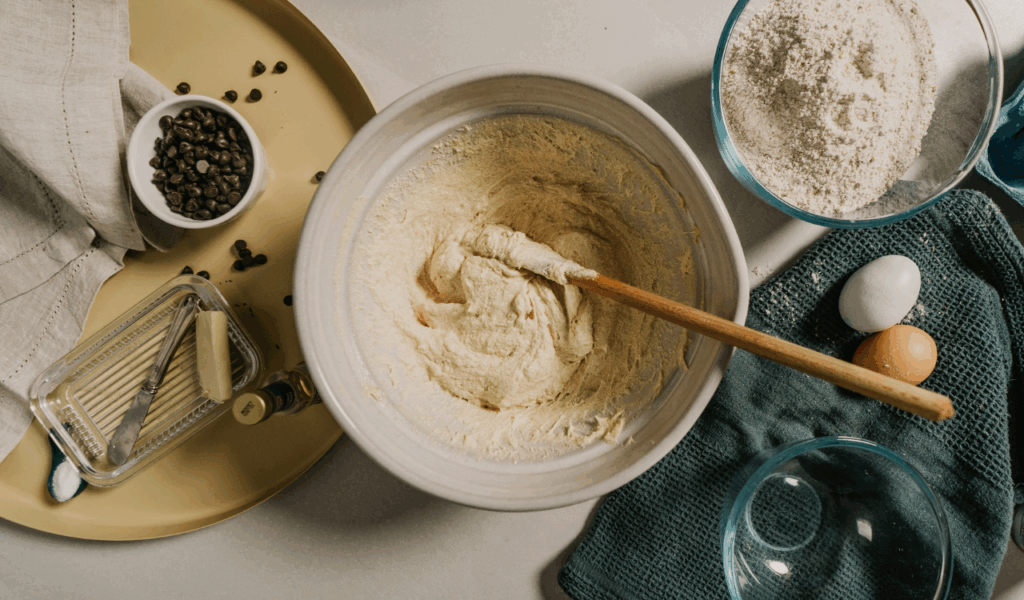
Letting the batter sit for 10 to 15 minutes before baking is a huge help. This break lets the cornmeal soak up all the water and the baking powder or soda to start working, which makes your cornbread rise better and have a softer texture. A lot of people skip this step because they want to bake quickly, but you can tell the difference. Cornbread that has rested is soft, well-risen, and not dry or heavy. This easy trick can help you avoid one of the most common mistakes people make when baking cornbread. It will make the texture and moisture better, even if it may seem like extra work.
Not baking enough or baking too much
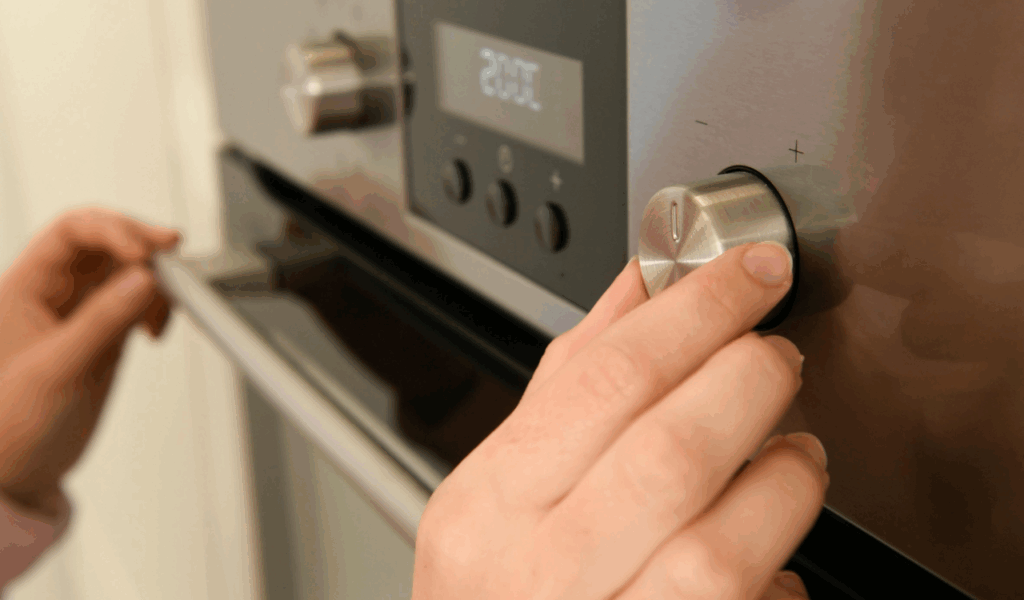
When you bake cornbread, timing is crucial. If you don’t bake it long enough, it will be soggy and gummy. If you bake it too long, it will dry out and become crumbly. To see whether your cornbread is done, stick a toothpick into the middle. whether it comes out clean or with only a few wet crumbs, it’s done. Pay particular attention to the last few minutes of baking, as ovens can be different and small changes can make a big difference. The top and edges should be golden brown and pull away from the pan a little. Getting the baking time right makes sure the inside is moist and the crust is just right.
Only cornmeal, no flour
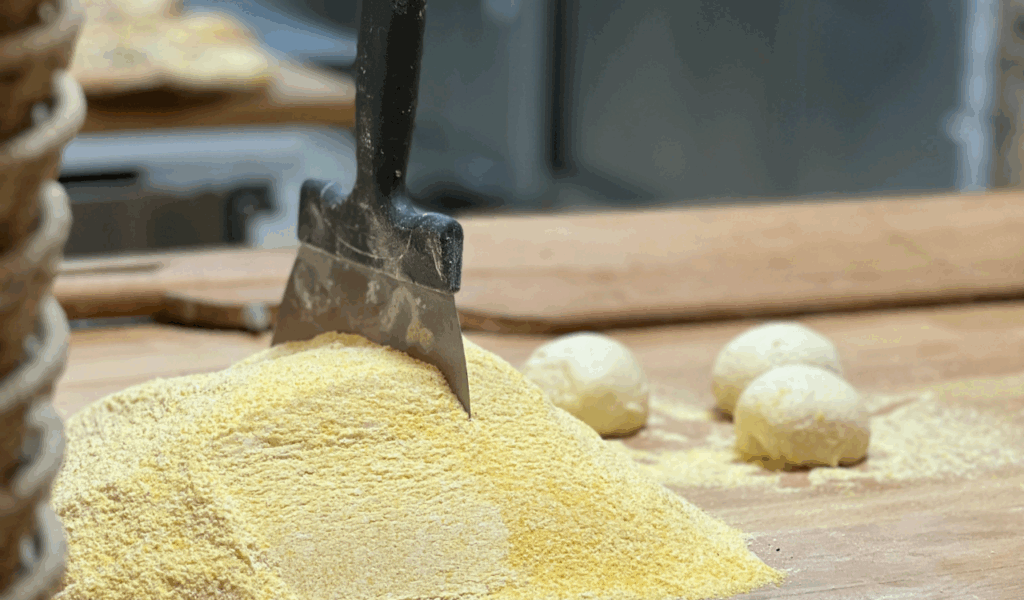
Some people solely use cornmeal to make cornbread, but adding a little flour can make it better by giving it structure and keeping moisture in. If you only use cornmeal, your bread will be crumbly and fall apart quickly. Adding all-purpose or whole wheat flour helps the crumb stay together without changing the taste of the cornbread. If you want to make it gluten-free, use a flour blend that will keep the structure. This small change makes the bread moist and firm at the same time, so each slice is easy to handle and tastes great.
Not preheating the pan
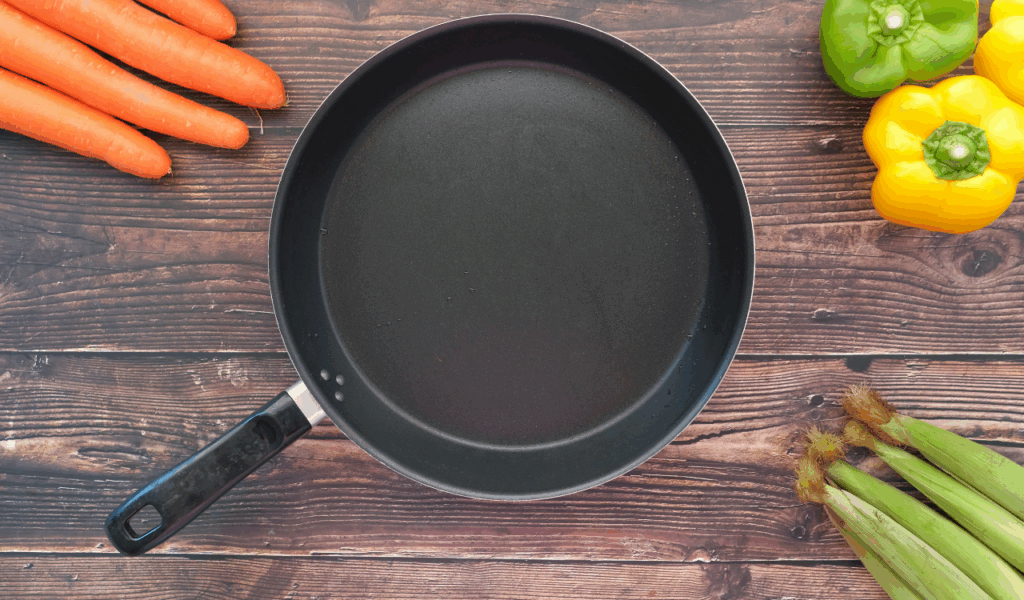
Cornbread will have a very different texture whether you use a prepared pan or baking dish. If you start with a hot pan, the batter will start cooking right away, making a crispy, golden crust on the outside while keeping the inside soft. Cast iron skillets are great because they hold heat evenly and provide flavour. Putting cold batter into a chilly pan might make the food cook unevenly and make it taste less good. If you heat the pan for a few more minutes before baking, you’ll get that cornbread crust that everyone loves.
Not Greasing the Pan Enough
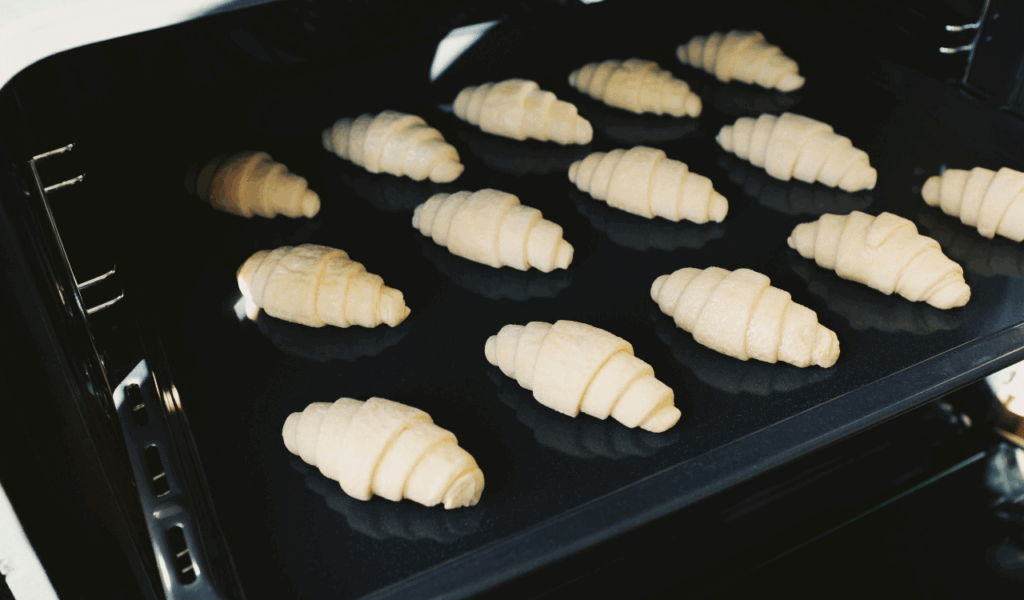
If you don’t grease the pans well enough, the cornbread can adhere to them, ruining your flawless crust and making it hard to clean up. Don’t be shy—before you pour in the batter, be sure to coat the baking dish well with lots of butter, oil, or even bacon fat. This not only stops sticking, but it also adds flavour and helps make the outside nice and crispy. Greasing your cornbread slices well makes ensuring they come out easily and stay golden brown and tasty every time you bake.
Not measuring the ingredients Right
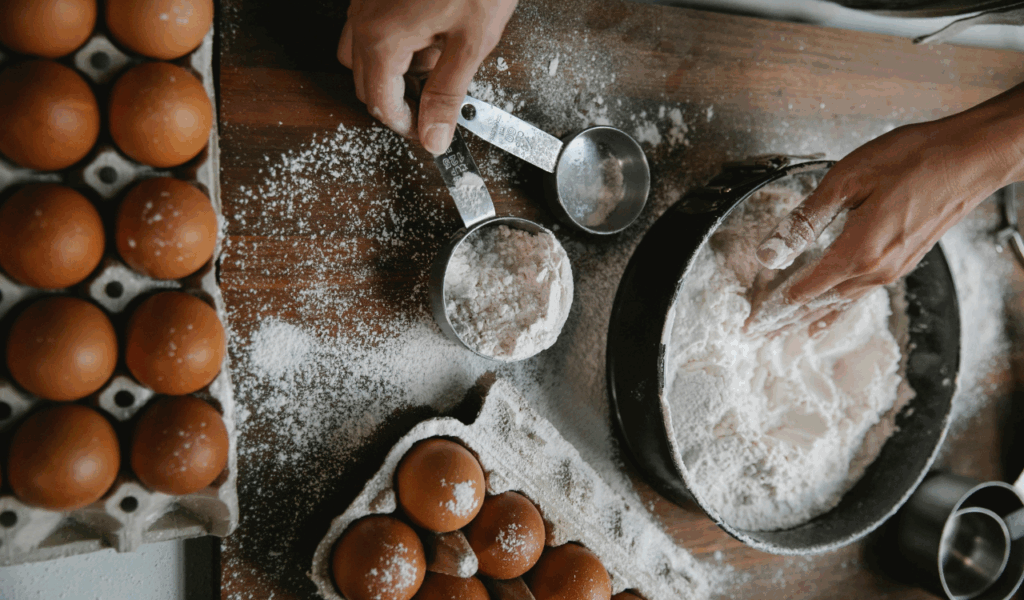
For baking to work, you need to be quite precise when measuring ingredients. If you assume or eyeball the amounts, you could mess up the moisture balance and make the cornbread too dry or too wet. You can make sure you get the right amounts of cornmeal, flour, fat, and liquids by using the right measuring cups or a kitchen scale. Accurate measurements help keep the texture and flavour of each batch the same. It takes time to measure correctly, but it’s worth it for cornbread that tastes great and is always reliable.


